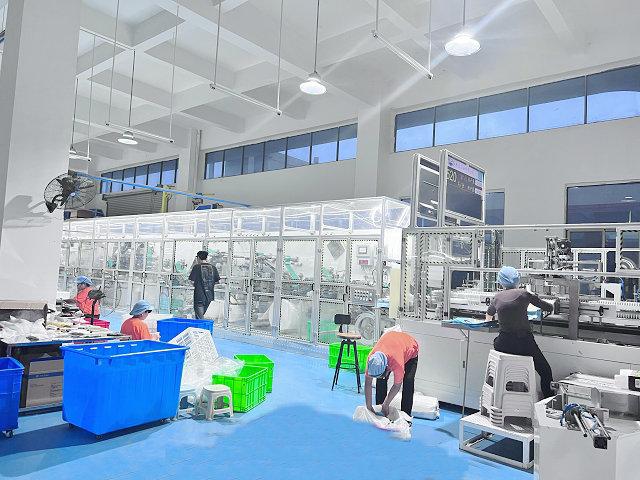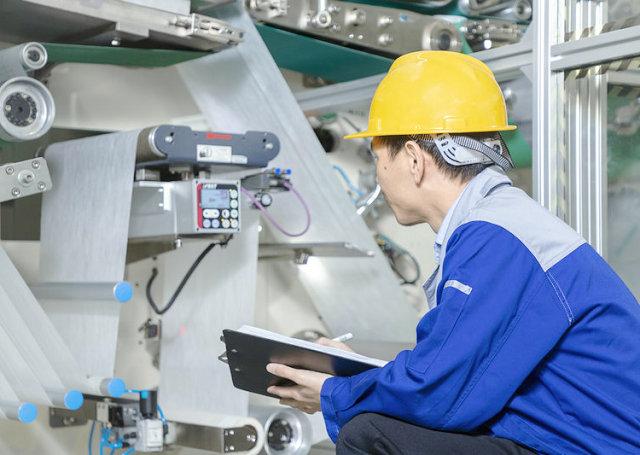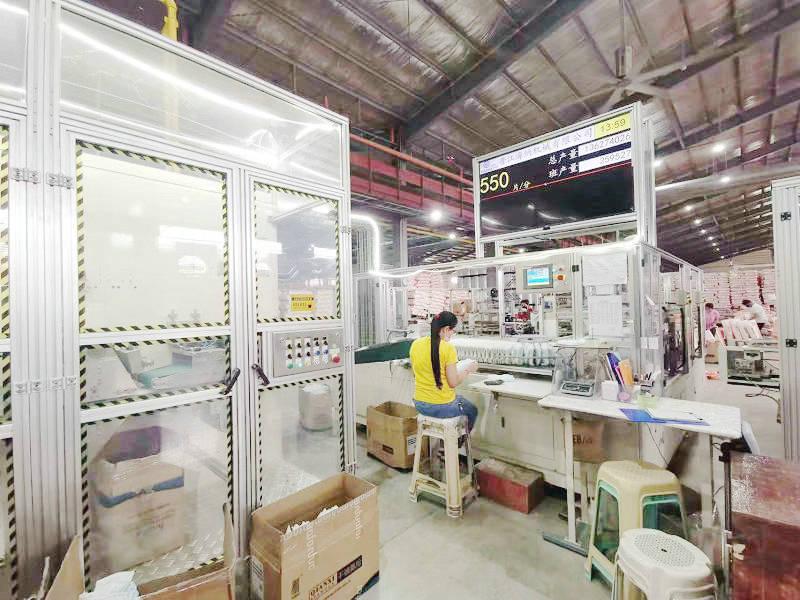Author:Haina Machinery Factory FROM:Diaper Machinery Manufacturer TIME:2023-09-06
The baby diaper industry has witnessed significant growth in recent years, with an increasing demand for high-quality and cost-effective products. The production process plays a crucial role in ensuring the efficiency and effectiveness of the manufacturing operations. This article provides insights into the applications of baby diaper making production lines, highlighting their benefits and impact on the industry.

The introduction of automated baby diaper making production lines has revolutionized the manufacturing process by streamlining operations and improving overall efficiency. These production lines integrate various machines and equipment, including cutting machines, folding machines, and packaging machines, to ensure a seamless and continuous production flow. With the use of advanced technologies such as robotics and computer control systems, manufacturers can achieve high-speed and precise operations, reducing manual labor and production time.
Moreover, the automation of the manufacturing process minimizes the risk of human error, ensuring consistent product quality. The production lines are designed to handle large volumes of materials, enabling manufacturers to meet the growing demand for baby diapers. This increased production capacity not only allows for better customer satisfaction but also contributes to the industry's growth.

A key advantage of baby diaper making production lines is the ability to produce diapers of superior quality. These production lines are equipped with advanced inspection systems that detect any defects or irregularities in the diapers, such as uneven edges or faulty fasteners. By eliminating faulty products, manufacturers can maintain a high level of product quality and minimize customer complaints and returns.
In addition, the production lines enable manufacturers to incorporate innovative features and materials into their diapers. For instance, some production lines have the capability to add absorbent layers, wetness indicators, and hypoallergenic materials, enhancing the overall performance and comfort of the diapers. This ability to adapt to changing customer preferences and market trends gives manufacturers a competitive edge in the industry.

An important aspect of baby diaper making production lines is their cost efficiency. By automating the manufacturing process, manufacturers can reduce labor costs and improve resource allocation. The production lines optimize material usage and minimize waste generation, resulting in lower production costs. Moreover, the precise control systems ensure minimal material wastage, further reducing expenses.
Furthermore, the use of sustainable materials and environmentally friendly production practices is gaining traction in the baby diaper industry. The production lines can accommodate the use of eco-friendly materials, such as organic cotton or biodegradable fibers, contributing to a more sustainable manufacturing process. This not only meets the increasing demand for eco-conscious products but also aligns with the industry's commitment to environmental responsibility.
In conclusion, the application of baby diaper making production lines has significantly impacted the hygiene product industry. These production lines streamline the manufacturing process, improve product quality, and enhance cost efficiency and sustainability. As the demand for high-quality and environmentally friendly baby diapers continues to rise, the adoption of advanced production technologies will remain vital for manufacturers to stay competitive in this growing industry.
